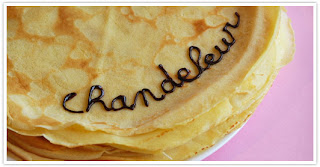Food in France.
Food in France is incredibly diverse as result of cultural influences and ingredients available throughout the regions of France.
In the North of France, most of the meals have dairy products in them, making them rich. An example of a dairy product that is used a lot is Camembert cheese. It is one of North France's specialities as it has been made there for many centuries. Meat dishes originated from the North and are often served with a well-known apple cider and an apple brandy called Calvados.
The East of France is known for a sauce called bourguignon which has red wine in it. The East is also known for having a huge variety of mustard.
The South of France is most famous for “foie gras” which is fat goose liver. South of France is also known for truffles. Both of these foods are very expensive but are considered delicacies.
In West France, seafood is very popular. It is served in a patter called “Fruits de Mer” which includes oysters, mussels, clams, shrimps, even cockles and whelks, all served cold, sometimes on top of ice.
Foie Gras
Camembert Cheese





